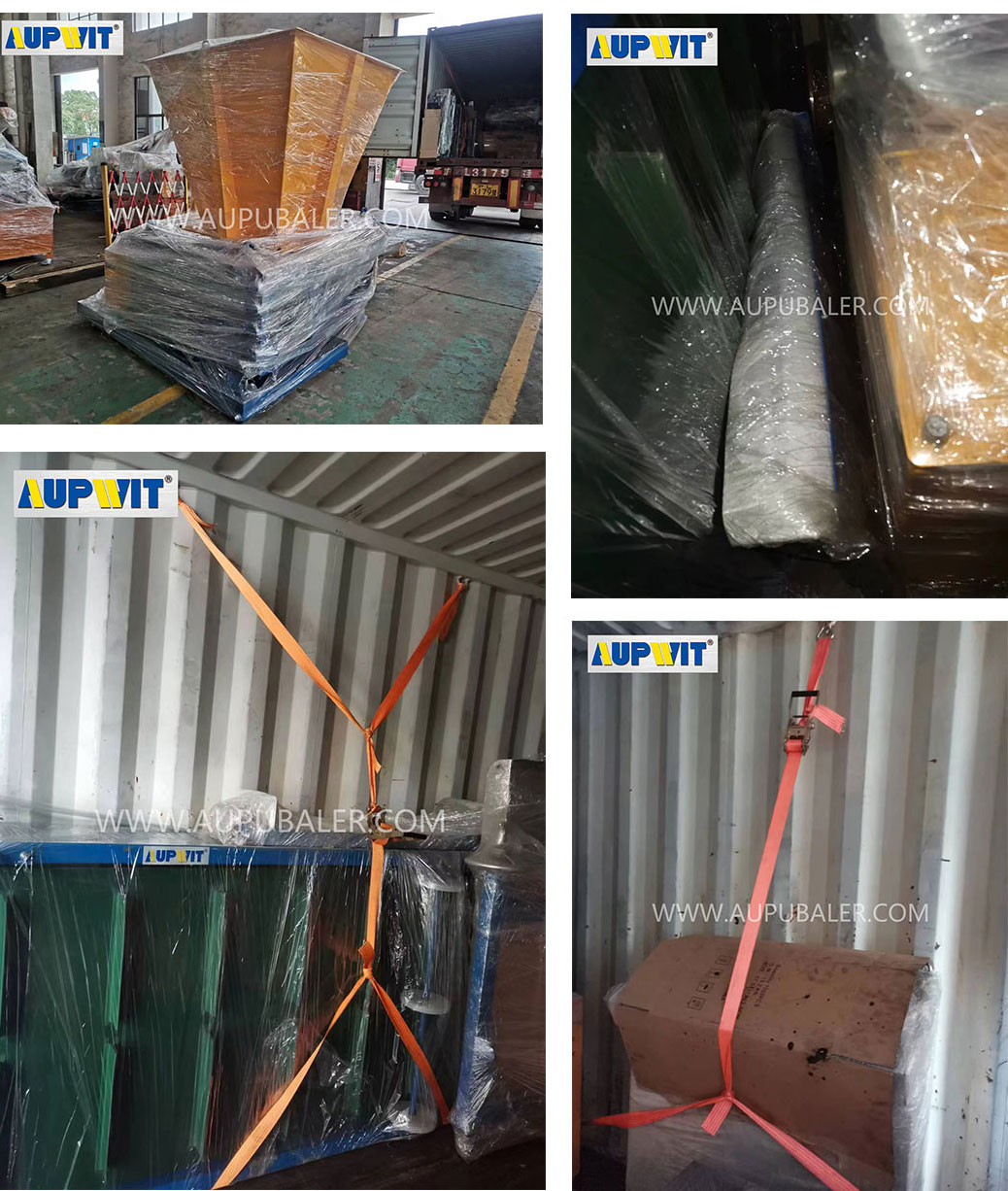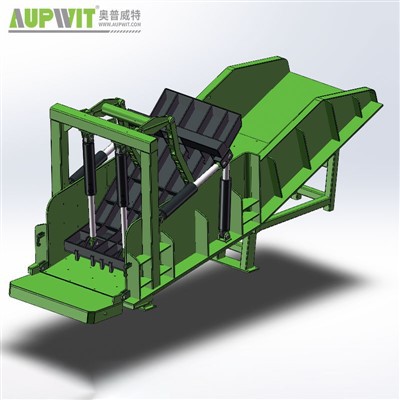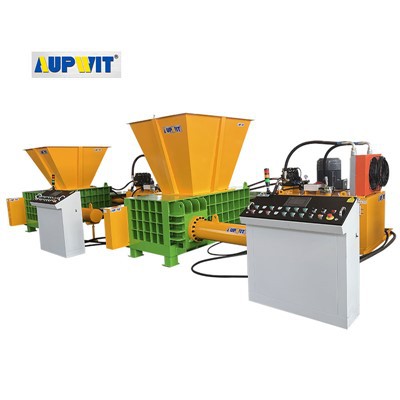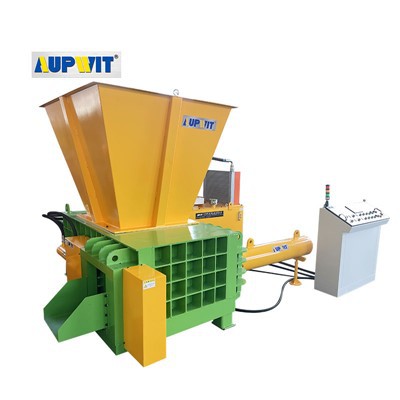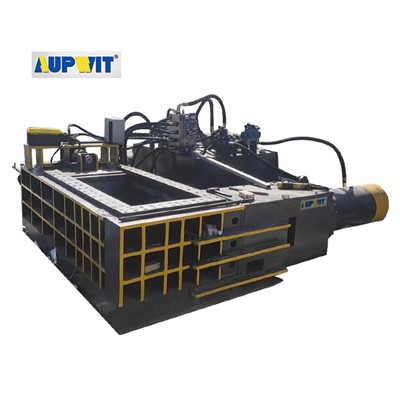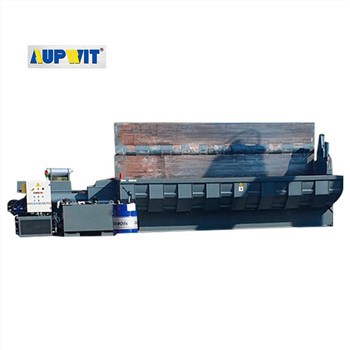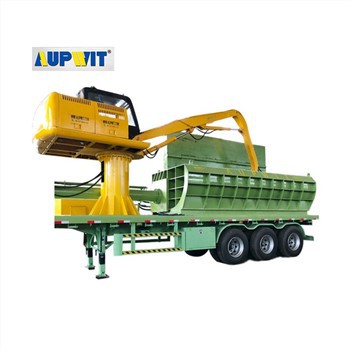1. Shredding blade group
This is the core component of the Four shaft shredder, which is usually made of high-strength alloy steel. This material has high hardness, high toughness and excellent wear resistance, and can withstand huge shearing and impact forces. The blades are precisely designed and installed on four shafts. When the shafts rotate, the blades on adjacent shafts cooperate with each other to form a shearing and tearing effect, thereby effectively shredding the material.
2. Power system
It consists of a motor and a reducer to provide power for the shredder. The motor rotates at high speed, and the reducer reduces the speed of the motor while increasing the torque, so that the four shafts can operate at low speed and high torque. This low speed and high torque feature is essential for the shredding process, allowing the blades to cut and tear various materials powerfully.
3. Feed system
It is responsible for conveying the material to be shredded to the shredding chamber. It generally includes components such as a conveyor belt and a feed hopper. The conveyor belt continuously and evenly transports the material to the feed hopper, which then guides the material into the shredding area to ensure smooth and stable material supply to improve shredding efficiency.
4. Discharge system
After the material is shredded, it is discharged through the discharge system. The system may include a discharge chute or a conveyor belt. The size of the discharge can be controlled by a screen or a grid, and only materials smaller than the specified size can be discharged through the screen, ensuring the uniformity of the material after shredding.
5. Frame and housing
The frame is the structural support of the shredder. It is welded from high-strength steel plates, providing stability and strength for the entire machine and capable of withstanding the vibration and force generated during the shredding process. The housing seals the shredding chamber and other internal components to protect them from external factors and prevent materials from splashing out.
6. Electrical control system
Usually based on a PLC control system, it can achieve precise control of the shredder's start, stop, reversal and speed adjustment. It can also monitor operating parameters such as current and temperature in real time. Once an abnormal situation occurs, it will sound an alarm and take corresponding protective measures to ensure the safe operation of the equipment.
